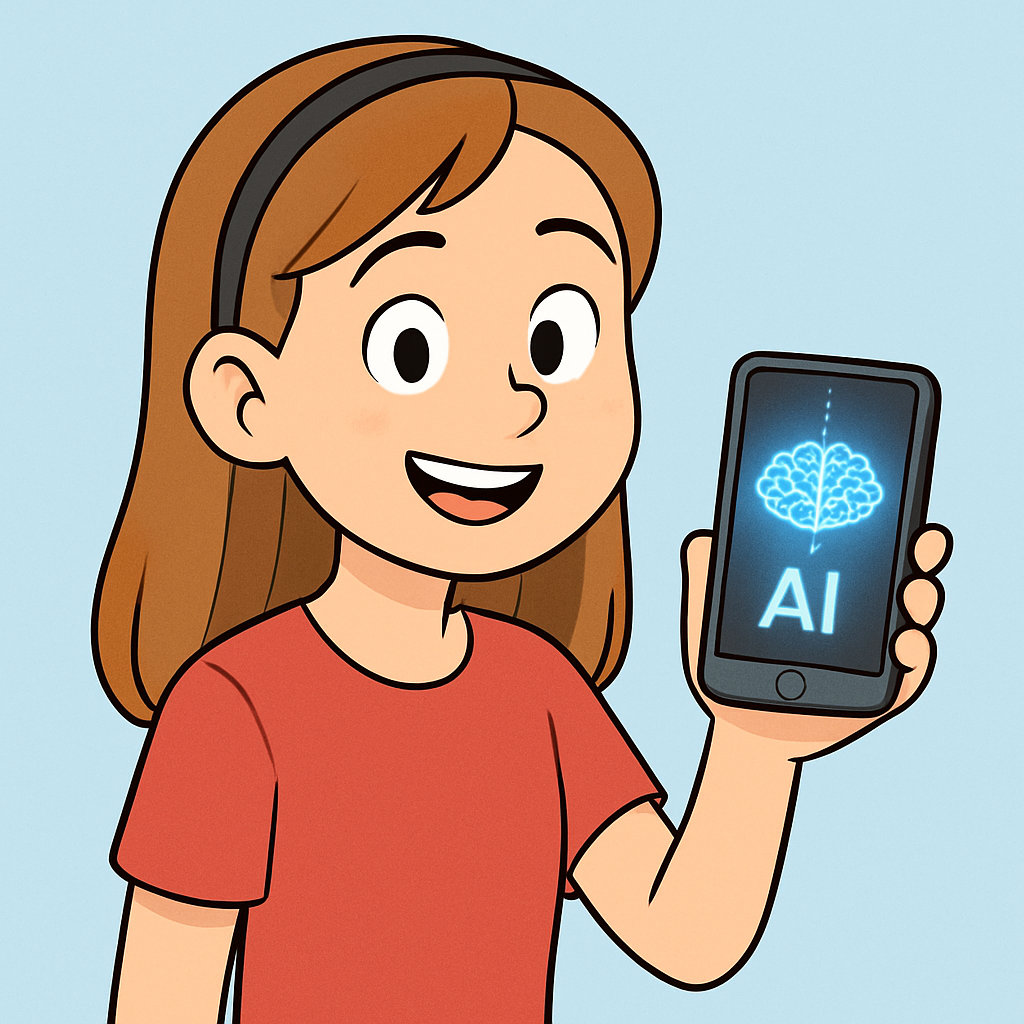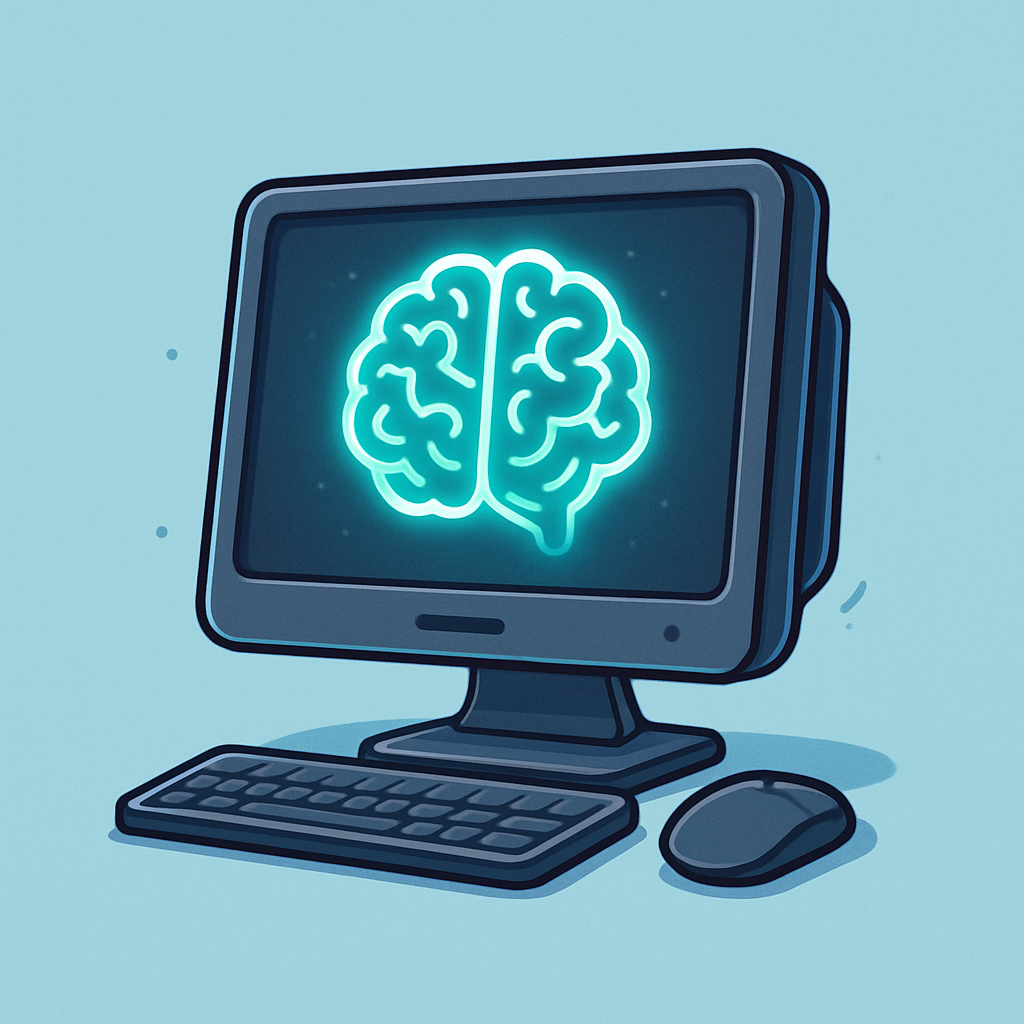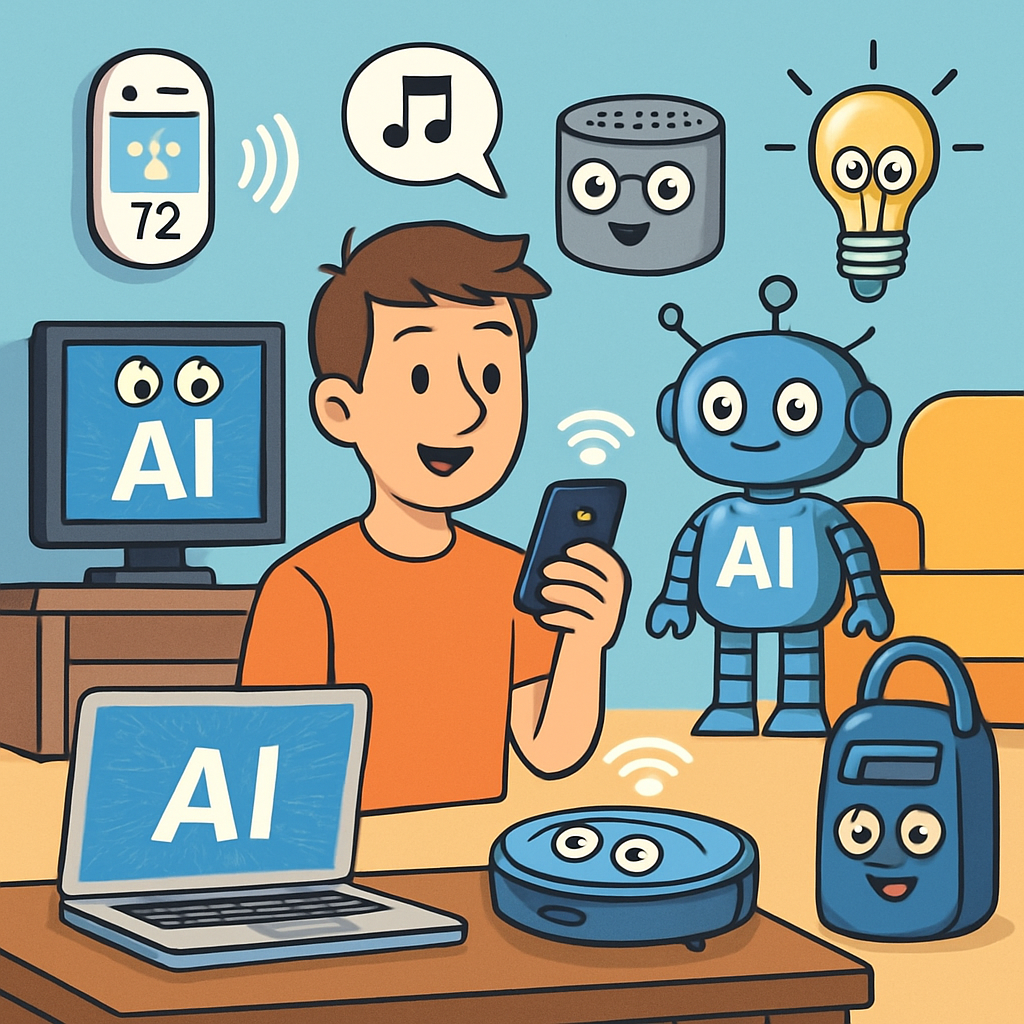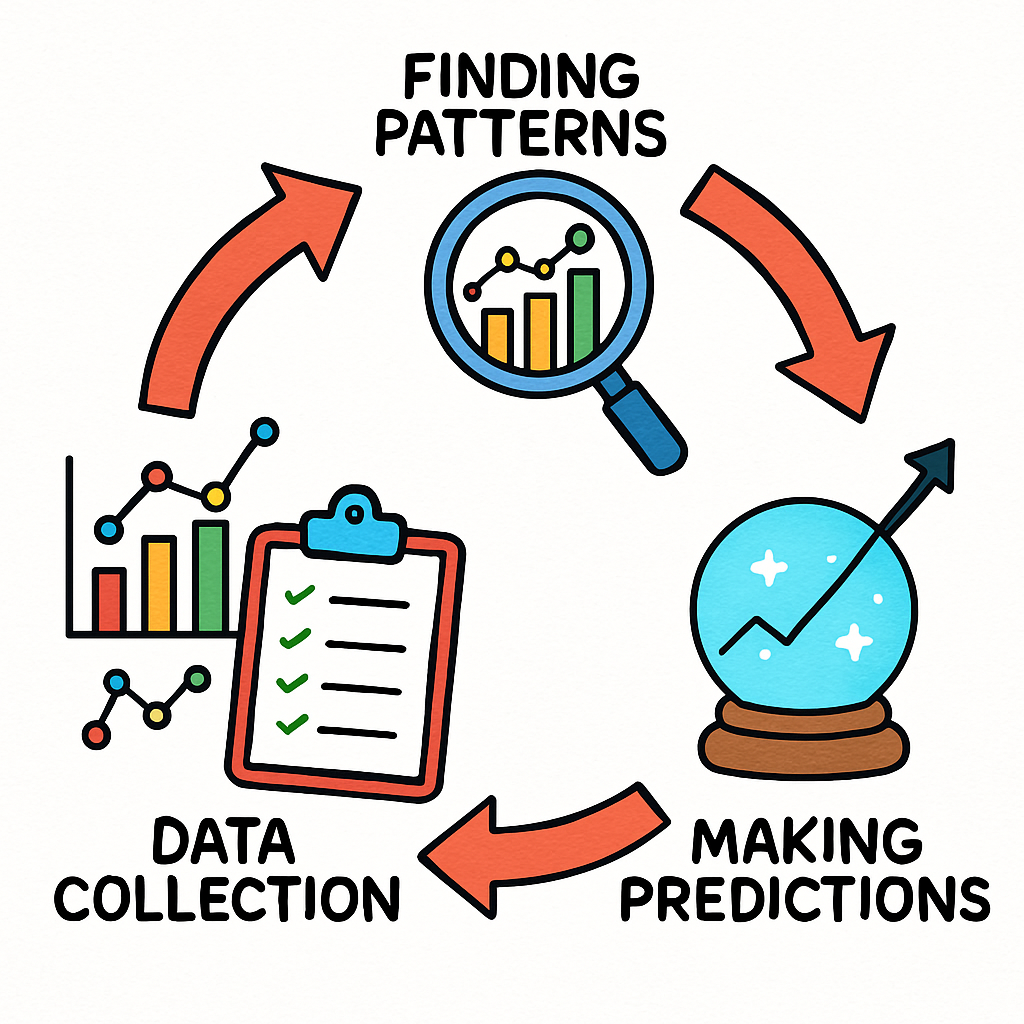 Your Introduction to Artificial Intelligence
Your Introduction to Artificial IntelligenceImagine a technology that enables your smartphone to recommend the next song you might enjoy, or adjusts the difficulty of a video game to match your skill level. This is the capability of AI.
In this lesson, you will learn the definition of AI, explore examples of AI in everyday life, and consider its capabilities and limitations. By the end, you will have a foundational understanding of this important technology.
Reflect on any 'smart' devices or applications you have encountered. For example, consider how you might ask a voice assistant like Siri a question, or receive personalised video recommendations on platforms such as YouTube.
 Understanding Artificial Intelligence
Understanding Artificial IntelligenceArtificial Intelligence, commonly abbreviated as AI, is a part of computer science that creates systems to do tasks that usually need human thinking. These tasks include things like recognising speech, making decisions, solving problems, and understanding everyday language.
In simple terms, AI is about building computer programs that can take in information, learn from it, and change how they work. Unlike ordinary software, which always follows the same rules without changing, AI systems use data to spot patterns and get better over time. It is important to remember that AI is not alive; it just copies smart behaviour using clever programming and rules.
Artificial Intelligence is when computers or machines are built to do tasks that normally need human thinking. This can include learning from experience, solving problems, understanding language, or making decisions. In simple terms, AI helps machines act “smart.”
But let’s be clear—AI doesn’t mean robots taking over the world like in sci-fi movies. Most AI today isn’t a walking, talking robot. Instead, it’s software that works quietly in the background of apps and websites we use every day. What makes AI different from normal computers is that it can improve over time by learning from data. The more it sees, the better it gets at guessing or helping.
 Artificial Intelligence, or AI, is part of many things we do every day. Often, we do not even notice it. In this step, you will look at some common examples of AI and think about how it shows up in your own life.
Artificial Intelligence, or AI, is part of many things we do every day. Often, we do not even notice it. In this step, you will look at some common examples of AI and think about how it shows up in your own life.Here are some examples of AI at work:
 The Basics of How AI Works
The Basics of How AI WorksArtificial Intelligence, or AI, works by using lots of information to find patterns and make clever guesses. This is how many AI systems do their jobs. We can think of it in simple steps. In this part of the lesson, you will learn about these steps in a clear way.
Imagine AI as a helpful tool that learns from examples, just like you learn a new game by watching and trying it. AI uses special sets of rules called algorithms to do this. There is no magic; it is all done with careful computer programming and looking at information.
This way of working helps AI learn and improve over time. We call this machine learning. Remember, AI needs good information to make the best guesses.
Look at each image and decide whether it's real or AI-generated. Click your answer to find out and then move on to the next image.
